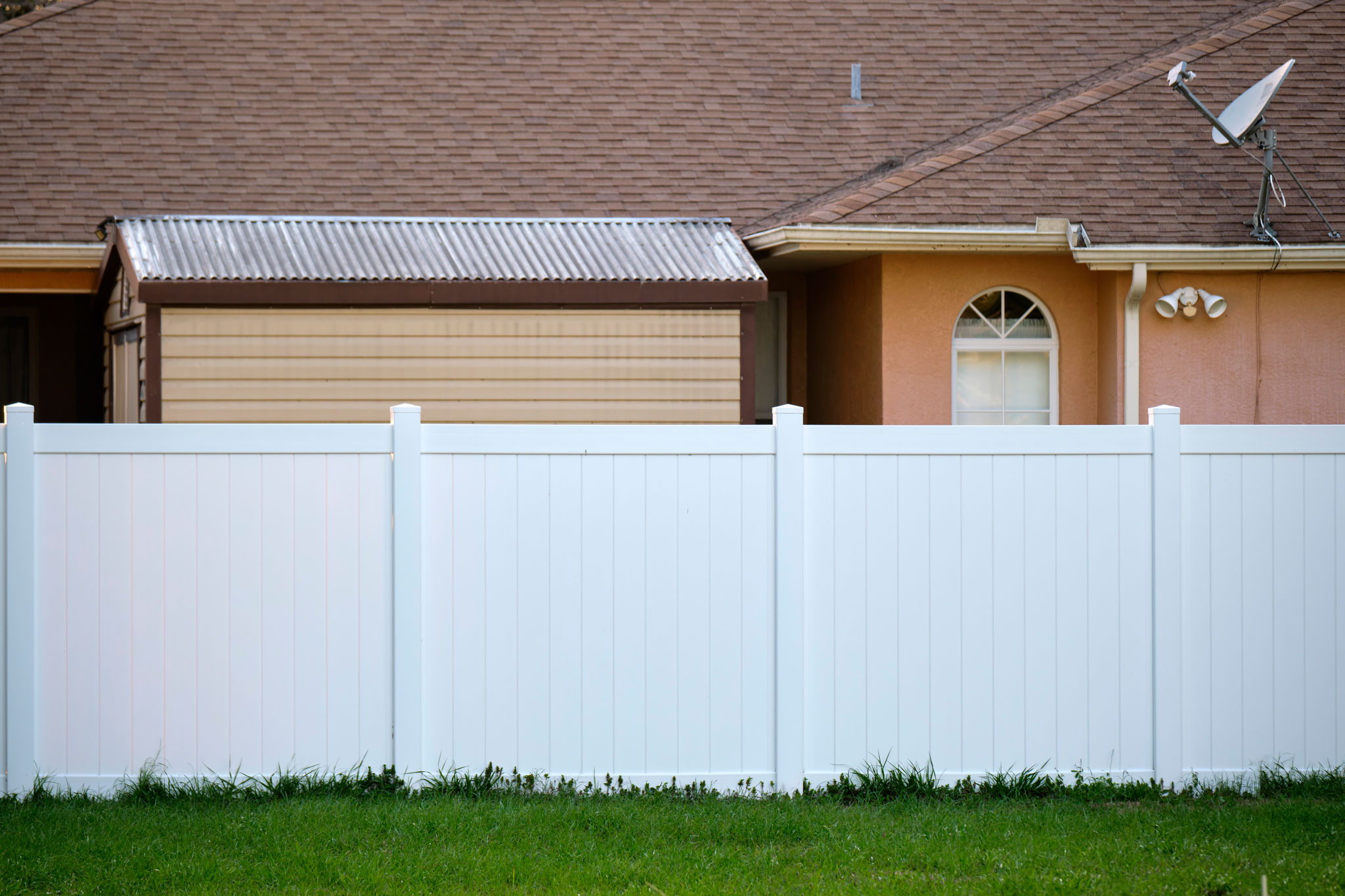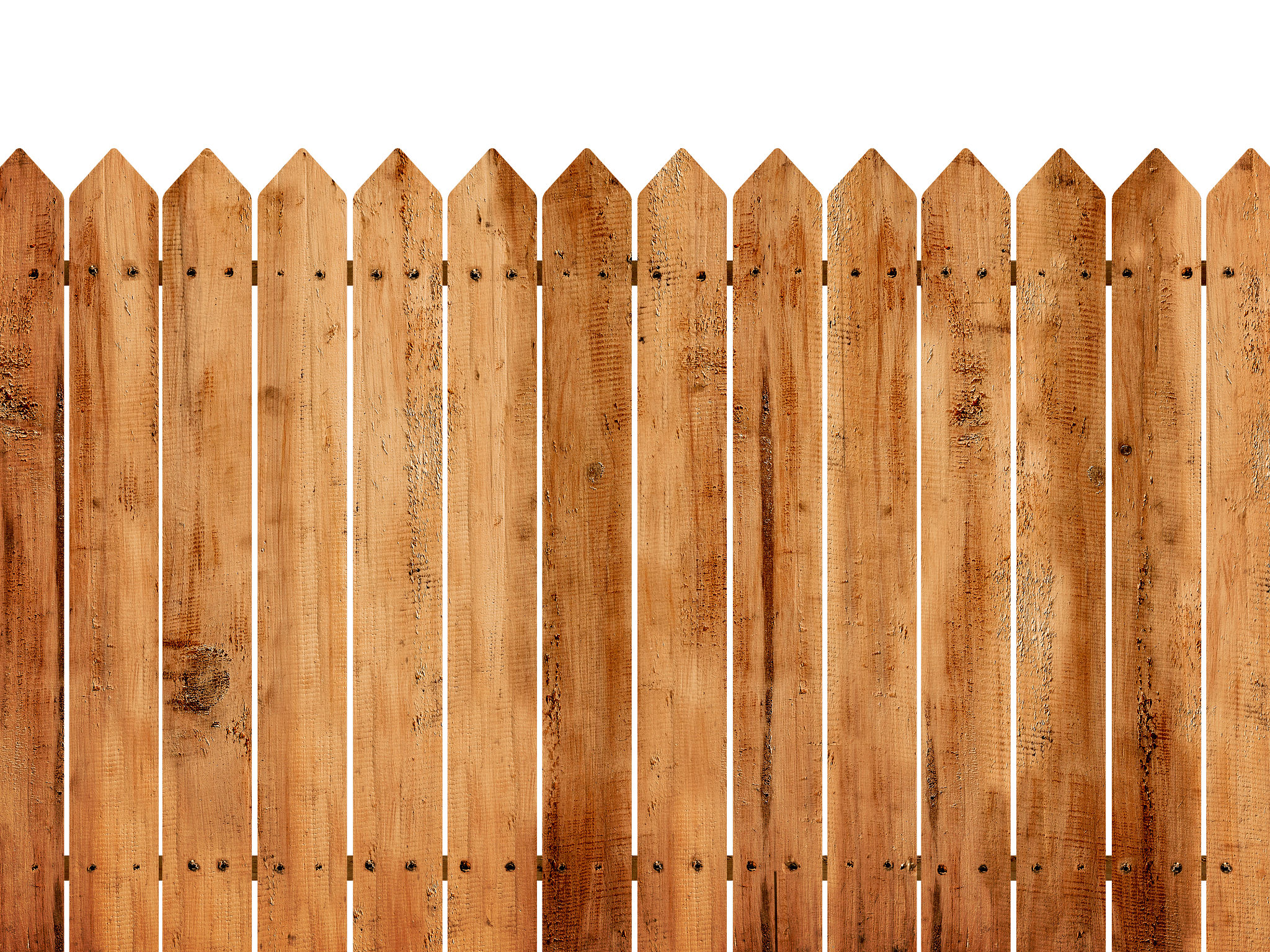Wood vs. Vinyl Fencing: Which is Better for Your Howell Home?
Introduction to Fencing Options
When it comes to choosing the right fence for your Howell home, two popular options often come to mind: wood and vinyl. Both materials offer distinct advantages and challenges, making the decision a bit more complex than it might seem at first glance. Understanding the differences between these two fencing materials can help you make an informed choice that suits your needs and complements your property.

Aesthetic Appeal and Customization
Wood fencing has long been a favorite for homeowners who appreciate its natural beauty and timeless appeal. With the ability to paint or stain wood in a variety of colors, you can customize your fence to match your home's aesthetic perfectly. Additionally, wood offers a certain warmth and charm that is difficult to replicate with synthetic materials.
On the other hand, vinyl fencing is known for its clean and modern appearance. It comes in a range of styles and colors that can mimic the look of traditional wood without the need for painting or staining. For homeowners seeking a low-maintenance option that still offers visual appeal, vinyl might be the better choice.

Durability and Maintenance
When it comes to durability, vinyl fencing often has the upper hand. It is resistant to rot, pests, and weather damage, making it an excellent long-term investment. Vinyl fences typically require minimal maintenance; a simple wash with soap and water can keep them looking new for years.
Wood fences, while sturdy, are more susceptible to environmental factors. Over time, wood can warp, rot, or become infested with insects. Regular maintenance, such as sealing, staining, or painting, is necessary to preserve its appearance and integrity.

Cost Considerations
The initial cost of installing a wood fence is generally lower than that of vinyl. However, it’s important to consider the long-term expenses associated with each material. Wood requires periodic maintenance to prevent decay and maintain its appearance, which can add up over time.
Vinyl fencing, while initially more expensive, tends to have lower long-term maintenance costs. Its durability means fewer repairs or replacements are needed, potentially saving money in the long run.
Environmental Impact
For environmentally-conscious homeowners, the sustainability of fencing materials is an important factor. Wood is a renewable resource and can be more eco-friendly if sourced responsibly. However, treatments necessary to protect wood from decay can involve chemicals that may not be environmentally friendly.
Vinyl is made from PVC, which is not biodegradable and involves complex manufacturing processes. However, many manufacturers are now offering recycled vinyl options, which can reduce the environmental impact.
Conclusion: Making the Right Choice
Ultimately, the decision between wood and vinyl fencing for your Howell home depends on your priorities. If you value tradition, customization, and a lower upfront cost, wood may be the ideal choice. Conversely, if you prefer low maintenance, durability, and are willing to invest a bit more initially, vinyl could be the perfect fit.
Consider your lifestyle, budget, and aesthetic preferences when making your decision. No matter which material you choose, both wood and vinyl can provide security, privacy, and beauty to enhance your home.
